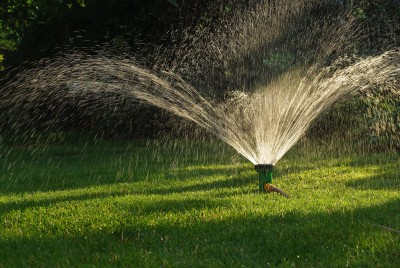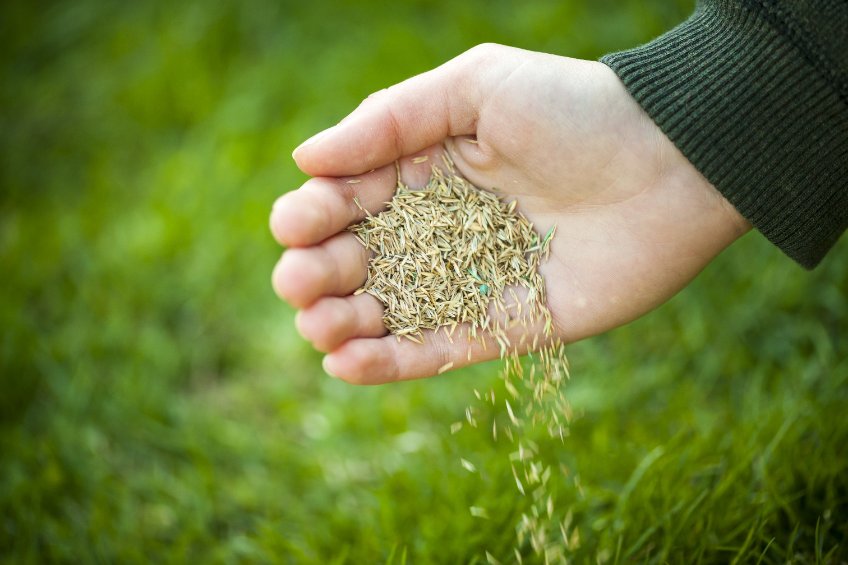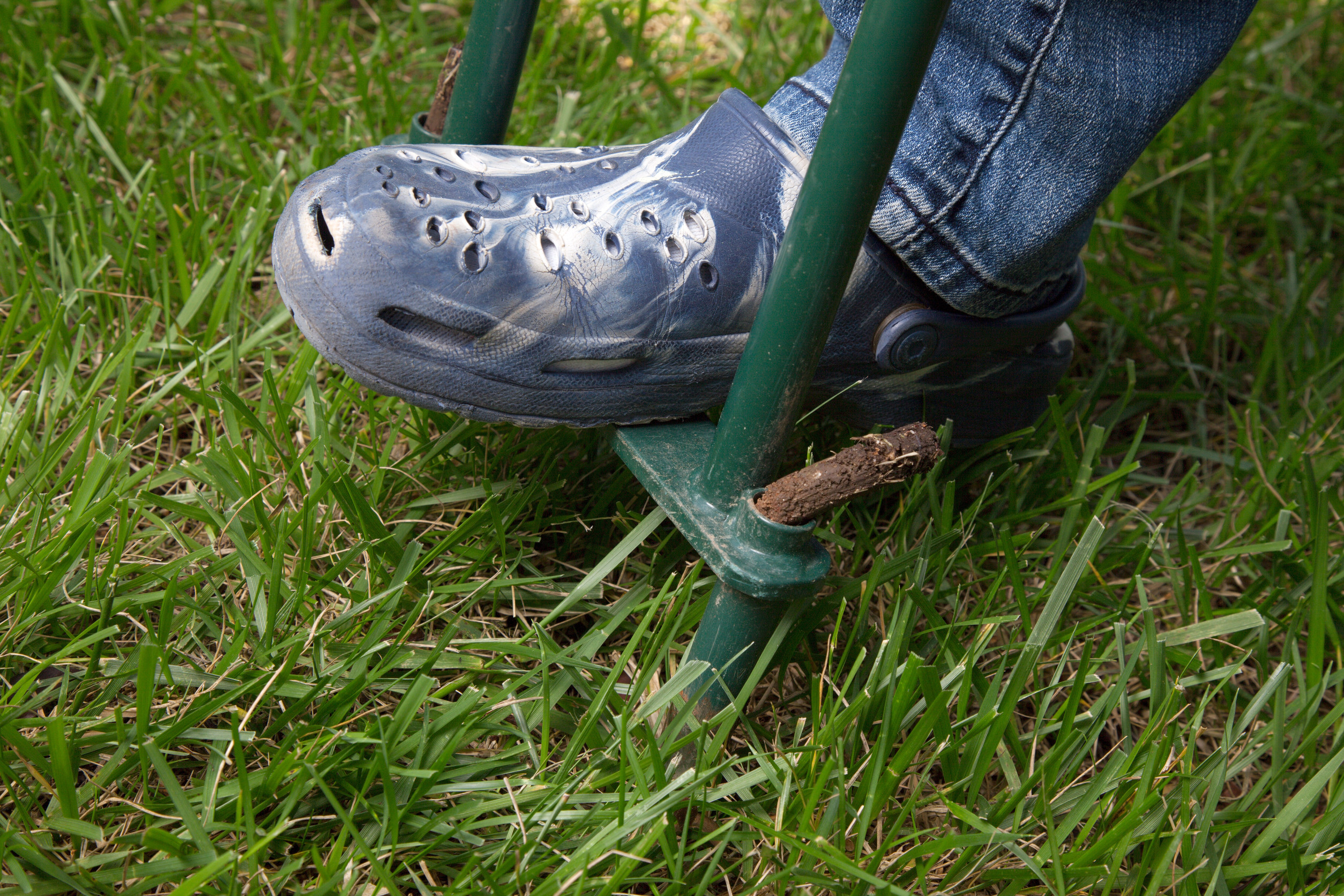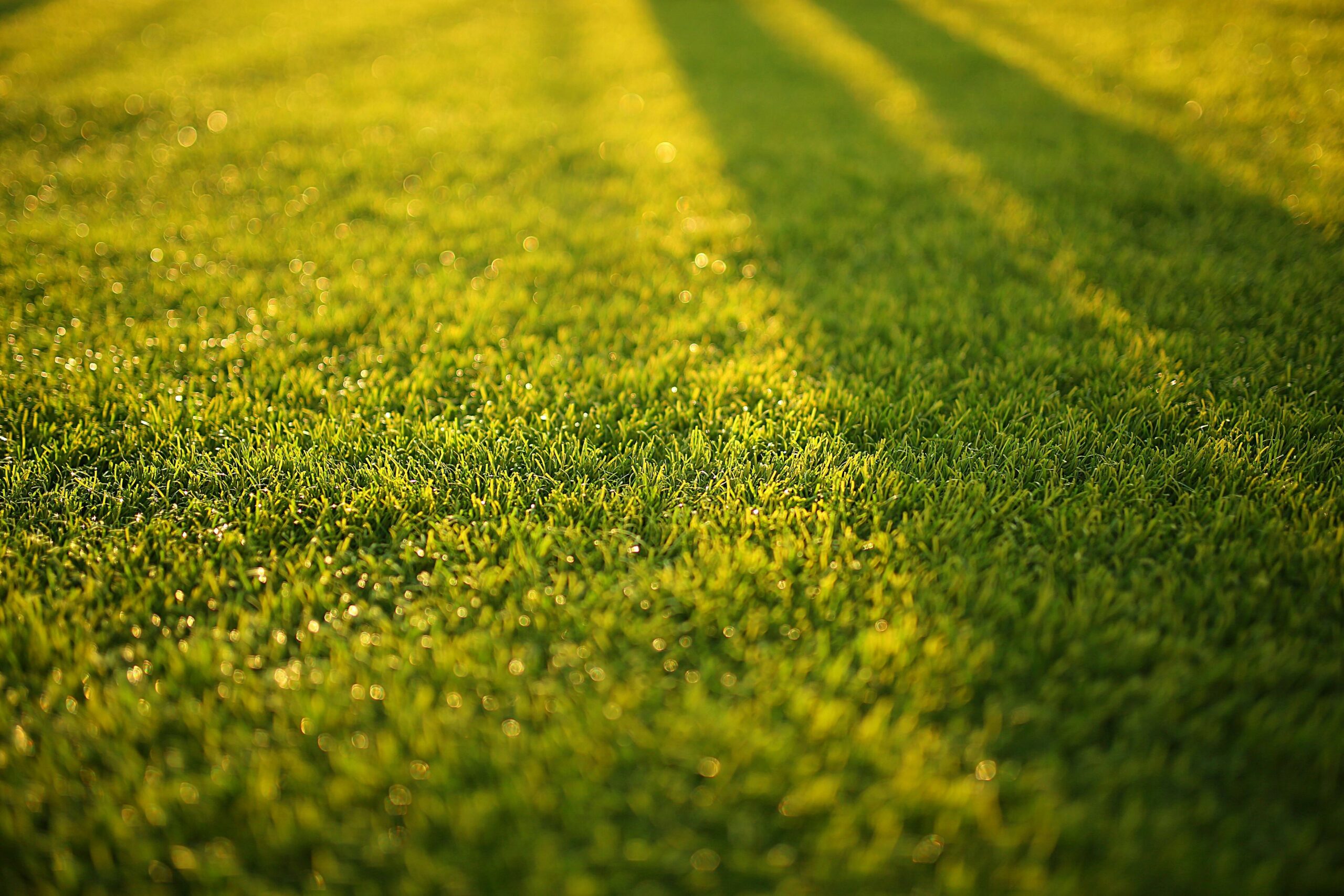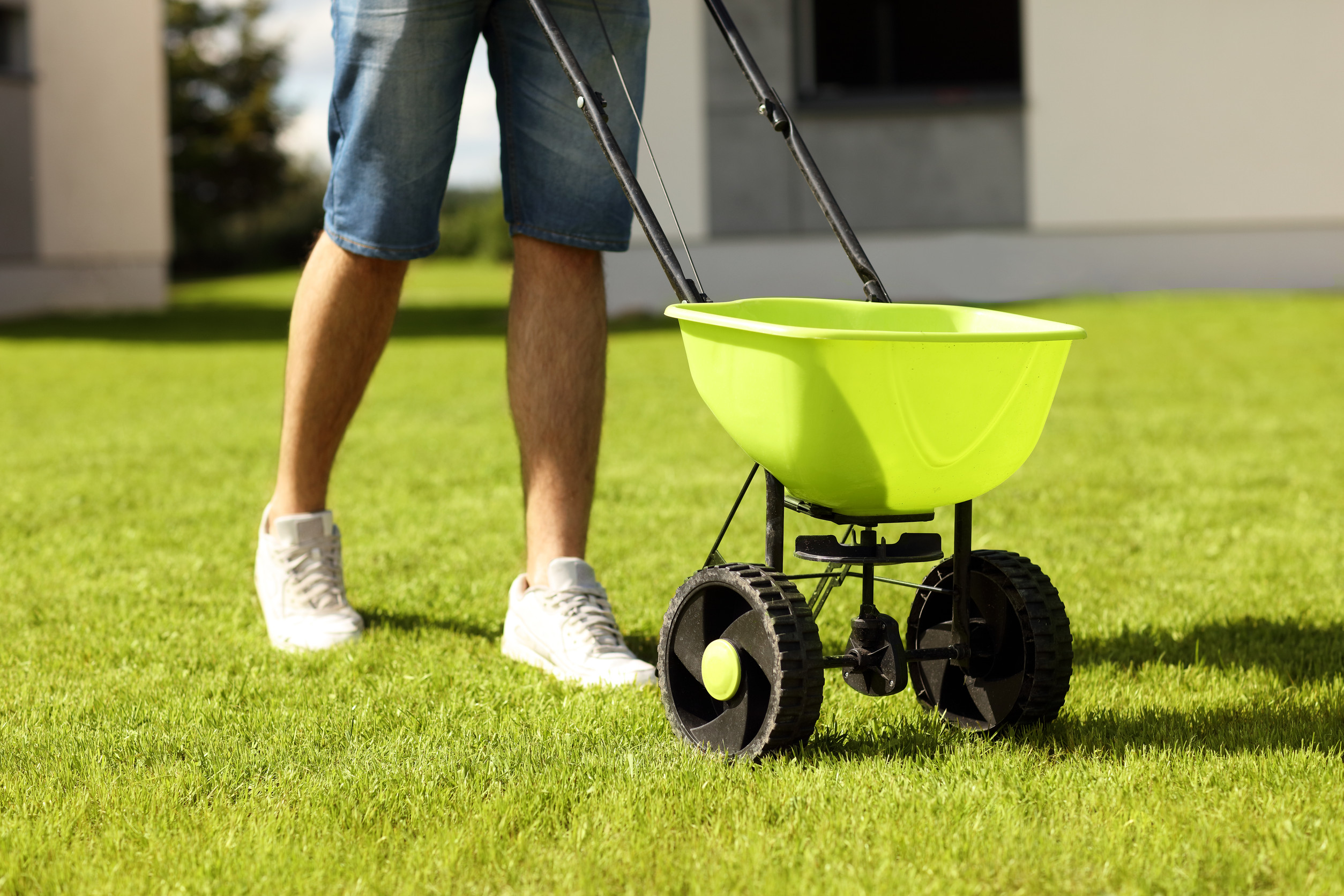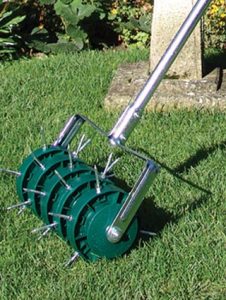 There are several considerations to be made when it comes to summer lawn care. Especially here in North Texas, we face extreme heat, drought, and myriad pests that can lay waste to a vulnerable lawn or garden.
There are several considerations to be made when it comes to summer lawn care. Especially here in North Texas, we face extreme heat, drought, and myriad pests that can lay waste to a vulnerable lawn or garden.
The three most important things to consider in the summer are:
- Watering
- Pest Control
- Weed Control
Depending on what type of grass you have, these three things can look a bit different. The most popular grass types in North Texas are St. Augustine grass, Zoysia grass, and Bermuda grass. You can learn more about the differences in lawn care from our friends at Ryno Lawn Care in their article that outlines the Best Grass for North Texas.
Meanwhile, let’s take a few moments to outline the basics.
Watering
Every lawn needs more water in the long summer heat. However, keeping a healthy green yard may require less watering than you think.
Did you know that letting your grass get a little thirsty now and again is actually good for its root system? That’s right! A thirsty grass bed will prompt its roots to reach deeper into the soil in search of moisture and nutrients. And a deeper root system makes for a more resilient grass bed.
Here in North Texas, we’re all familiar with those periods of extreme drought where there is no rain in sight, and you’re also facing local irrigation restrictions. With a deep and well-established root system, your lawn is in better shape to withstand those dry periods because its roots can reach more deeply for water and nutrients.
However, you certainly want to be mindful of the irrigation needs of your particular grass type. A good set of Lawn Watering Tips During Drought can definitely help you make an informed decision.
Pest Control
There are several pests that you need to look out for year-round. But there are definitely a few lawn pests that particularly enjoy summertime.
Chinch bugs and grub worms are great examples of summer pests in North Texas. While a certain amount of grub worms are normal in every yard, you want to watch out if you find that you have more than 5 per square foot of soil.
Chinch bugs, however, are not a welcome visitor any time of year. Chinch bugs can damage leaves and grass blades, and they can damage your grass to the point of causing yellow patches.
Some natural remedies include diatomaceous earth, beneficial predators like ladybugs and lacewing flies, and beneficial nematodes in the soil. If you choose to use a chemical pesticide, please keep in mind that it will affect the “good garden bugs” as well as the bad ones.
Weed Control
Purslane, spurge, clover, goathead weeds, and of course our friend the dandelion are among the many intruders you need to be on the lookout for in the hot summer months.
It is important to know what types of weed you are dealing with, so you can determine the appropriate interventions. For instance, all of the weeds listed above are broadleaf weeds. This means that you can use an herbicide that targets broadleaf weeds without harming your grass.
On the other hand, if you’re trying to get rid of intrusive grasses like nutsedge and wild fescues, you need to be careful. Preventative measures are more effective with grassy weeds, so that you don’t accidentally harm the turfgrass you mean to save.
For instances like this, make sure you have a dense and healthy grass bed so that there is minimal room for any intrusive or opportunistic weeds to settle in. If you notice some unwanted settlers have already made a home in your lawn, then careful spot treatment is your best bet. Either pull them up by the roots, or apply a grassy weed herbicide in a very careful manner.
One great way to make sure your lawn is dense and lush is providing the appropriate fertilizer in an effective cycle. Check out our Lawn Fertilization service page to learn how we can keep your turf hardy and well-nourished.

